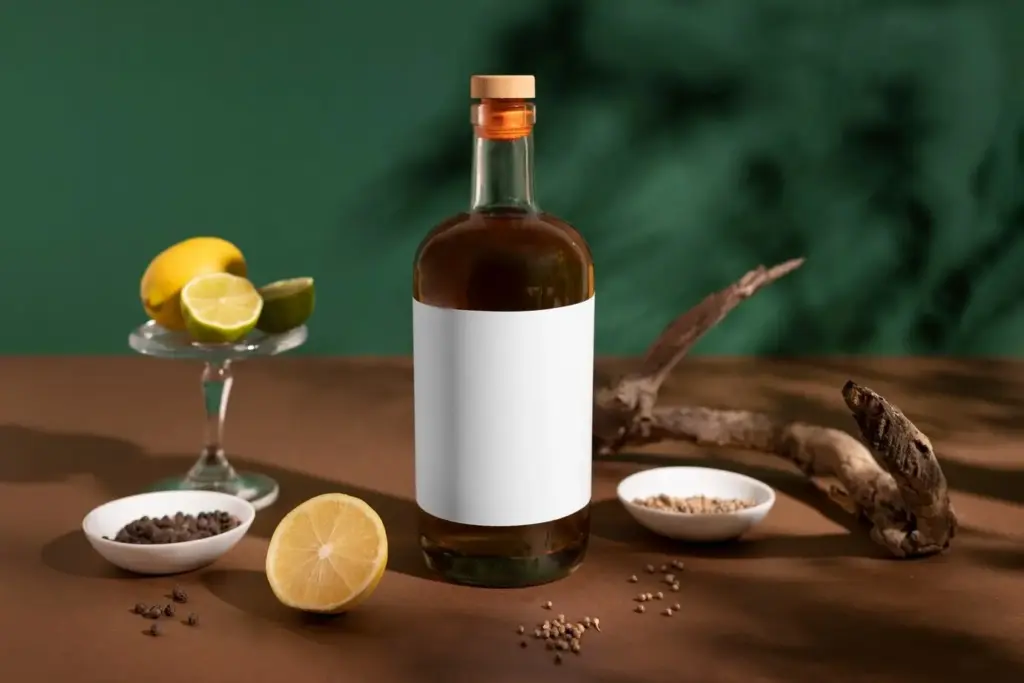Breathe Easier Indoors, Starting Today






What’s Floating in Your Living Room Air
Paints and Coatings That Respect Your Lungs
Zero‑VOC vs. Low‑VOC, and Why Tints Can Change Everything
Mineral and Silicate Paints for Breathable, Durable Walls
Plant‑Based Oils and Modern Waterborne Options That Cure Cleanly
Healthier Wood, Floors, and Furniture Finishes

Adhesives, Sealants, Caulks: Invisible Choices, Visible Results

Reading Labels Beyond Marketing: From SDS to Certifications
A Safety Data Sheet clarifies VOC content and hazards, while emissions certifications reflect real‑world off‑gassing. Use both. Prioritize products with transparent disclosures and independent testing, and keep a project log of brand, lot, and curing notes. This habit simplifies future repairs and helps track what actually felt comfortable for your household’s needs.

When to Choose Acrylic, Silicone, or Silane‑Terminated Polymer
Acrylic caulks are paintable and low‑odor, silicone excels in wet areas, and silane‑terminated polymers combine elasticity with low emissions. Matching chemistry to location reduces failures and rework. Avoid solvent‑heavy mastics when possible, and ventilate generously during cure to prevent lingering smells that open windows alone sometimes fail to disperse quickly enough.

Air Sealing That Protects Comfort and Reduces Dusty Drafts
Carefully sealing gaps around penetrations limits outdoor pollutants and moisture, which can amplify odors and reactions. Choose low‑emission sealants, then pair with balanced ventilation to maintain fresh air exchange. Tighter envelopes feel quieter and cleaner, while filtration captures particles that otherwise settle into carpets, upholstery, and tiny corners behind difficult‑to‑reach baseboards.
Natural Fibers, Thoughtful Treatments, and Responsible Dyes
Carpet Pads and Rug Backings: The Unsung Sources of Odor
Curtains, Upholstery, and the Magic of Routine Fresh Air
Ventilation, Filtration, and Cleaning That Support Freshness

Planning, Certifications, and Budgeting for Healthier Results

